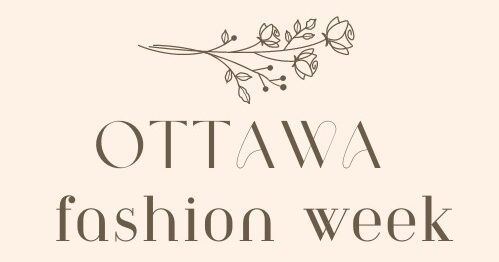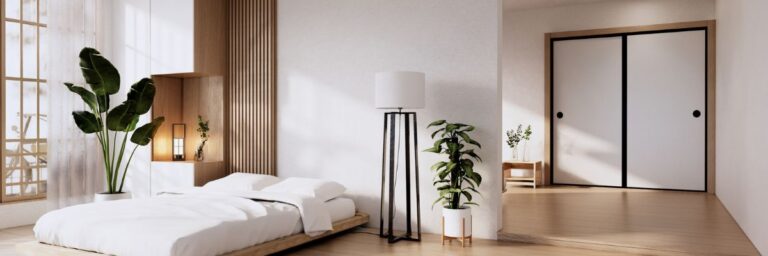Dressing well is not just about following the latest trends; it’s also about understanding your body shape and dressing to enhance your best features. Each of us has a unique figure, and by choosing clothing that flatters our body shape, we can look and feel our best. In this guide, we will explore different body types and provide practical tips on how to dress to accentuate your assets and create a balanced and stylish silhouette.
Understanding Body Shapes
Before we delve into specific dressing tips, let’s first understand the different body shapes. The four main body types are the apple, pear, hourglass, and rectangle.
Apple Shape
Characterized by broader shoulders, a fuller midsection, and slimmer legs, apple-shaped bodies benefit from creating the illusion of a defined waistline while highlighting their legs and bust.
Pear Shape
Pear-shaped bodies have narrower shoulders, a smaller bust, and wider hips. The aim is to draw attention upwards and emphasize the waist while balancing the proportions.
Hourglass Shape
This body shape is defined by well-balanced shoulders and hips, with a defined waistline. The goal is to showcase the curves while maintaining balance and proportion.
Rectangle Shape
Rectangular bodies have shoulders, waist, and hips in similar widths, lacking well-defined curves. The objective is to create the illusion of curves and add dimension to the figure.
Dressing Tips for Each Body Shape
Apple Shape
For apple-shaped bodies, the key is to create a more defined waistline and draw attention to the legs and bust. Opt for A-line dresses and empire waistlines that flow away from the midsection, giving the illusion of a smaller waist. V-necklines and wrap tops flatter the bust while balancing broader shoulders. Avoid clingy fabrics and high-waisted bottoms, as they can accentuate the midsection. Instead, choose mid-rise pants and skirts that elongate the legs. Accessorize with statement necklaces or scarves to draw attention upwards.
Pear Shape
To flatter a pear-shaped figure, the focus should be on balancing the proportions and emphasizing the waist. A-line skirts and dresses that gently flare out from the waist are ideal for creating a more balanced silhouette. Look for tops with interesting necklines and details to draw attention upwards. Darker colors and patterns on the lower half can minimize the appearance of wider hips. Avoid tight-fitting bottoms and opt for bootcut or wide-leg pants to balance the hips. Accessorize with belts to accentuate the waist.
Hourglass Shape
With an hourglass figure, the goal is to accentuate the curves while maintaining balance. Fitted and tailored clothing works best for this body shape. Wrap dresses and tops enhance the waistline, and high-waisted bottoms, such as pencil skirts or jeans, highlight the curves. Belted styles emphasize the waist, creating an hourglass effect. Avoid shapeless or oversized garments that hide your curves. When choosing patterns, opt for designs that flow with your curves rather than overpowering them. Accessorize with statement belts and structured bags to further highlight your waistline.
Rectangle Shape
For rectangle-shaped bodies, the objective is to create the illusion of curves and add dimension. Choose clothing that defines the waist and enhances the bust and hips. Peplum tops and dresses with ruffles create the illusion of curves. Layering can also add depth and shape to your figure. Play with different textures and patterns to add interest. Avoid boxy or shapeless cuts, as they can make you appear more rectangular. When it comes to skirts and pants, opt for styles with details like pockets or pleats to add volume. Accessorize with wide belts to create a cinched waistline.
Dressing for your body shape is an empowering way to embrace your unique figure and feel confident in your appearance. By understanding your body type and applying the right dressing tips, you can enhance your best features and create a visually balanced silhouette. Remember, these guidelines are meant to be helpful suggestions, but ultimately, it’s essential to wear what makes you feel comfortable and confident. Experiment with different styles, colors, and silhouettes to discover your personal style and express your individuality. Dressing well is not just about looking good; it’s about feeling good in your own skin.



